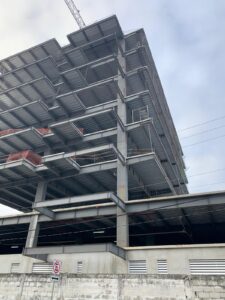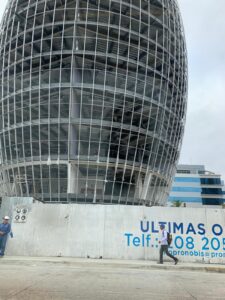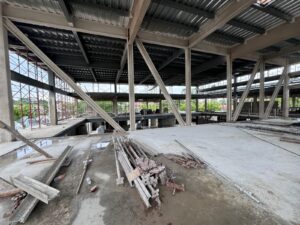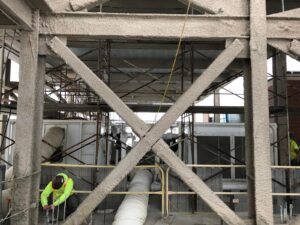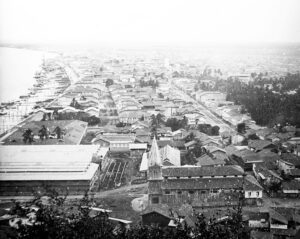Seguridad contra Incendios en Guayaquil: Buscando el Cambio para que el Pasado no se Repita Dolorosamente
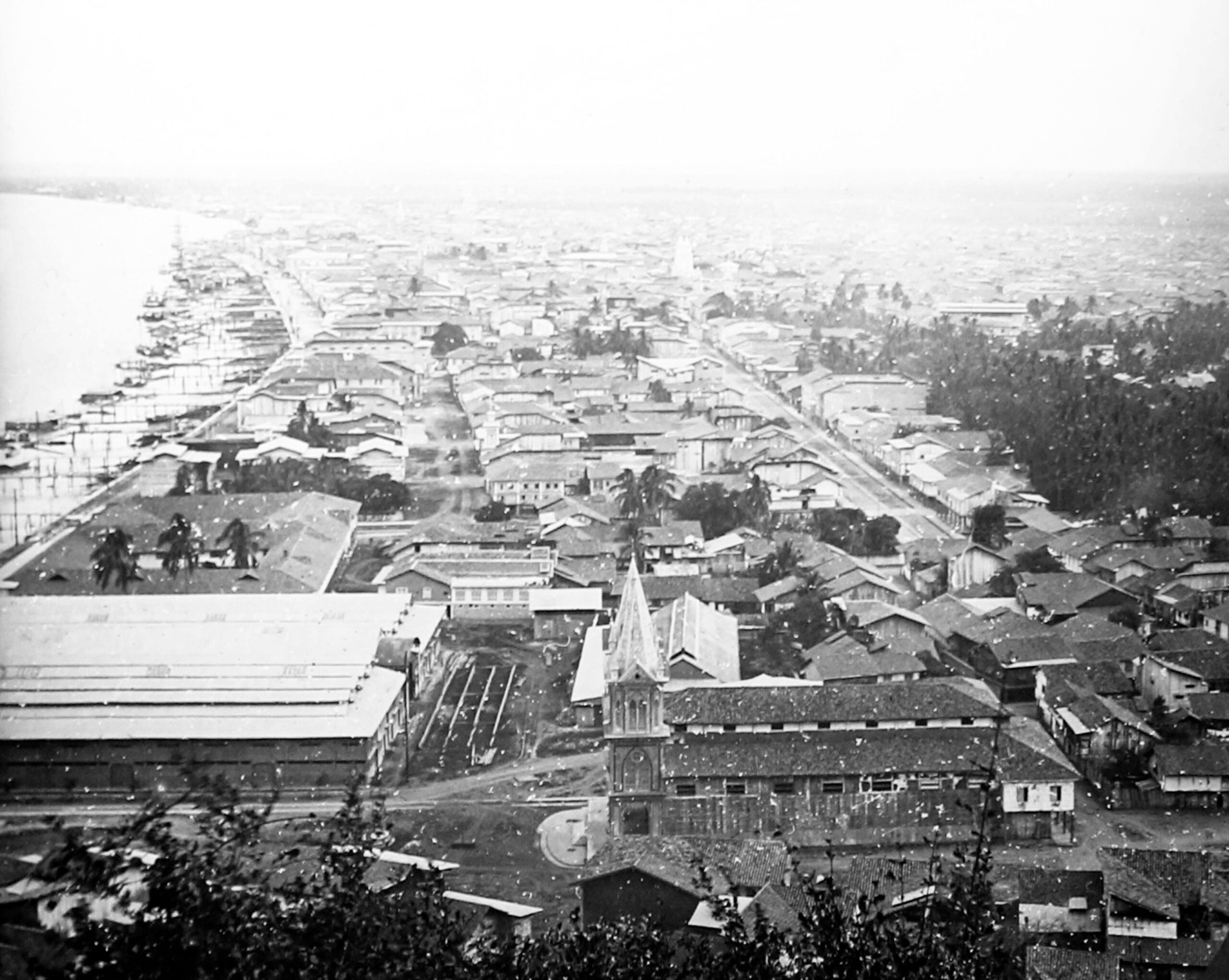
Guayaquil tiene una larga historia con incendios devastadores, más notablemente el Gran Incendio de 1896, aunque más han seguido. Desde el principio, estas tragedias moldearon el enfoque de la ciudad hacia la seguridad contra incendios, llevando a una estricta ordenanza de construcción que una vez ordenó el uso exclusivo de hormigón resistente al fuego. Sin embargo, a medida que los recuerdos de esos eventos se han desvanecido, existe una creciente preocupación de que la ciudad podría estar repitiendo los errores del pasado.
Fire Safety in Guayaquil: Striving for Change so the Past Doesn’t Painfully Repeat
Guayaquil has a long history with devastating fires, most notably the Great Fire of 1896, though more have followed. Early on, these tragedies shaped the city’s approach to fire safety, leading to a strict building ordinance that once mandated the exclusive use of fire-resistant concrete. However, as memories of those events have faded, there is a growing concern the city might be repeating the mistakes of the past.
The Shift Towards Steel Construction
concrete became the go-to choice for construction in Guayaquil. Due to its durability and strength, concrete is highly resistant to fire, making it ideal for preventing the kinds of disasters that once plagued the city. However, recently, a shift toward steel construction has taken place. Despite being popular for its speed of construction, lightweight nature, and ability to span long distances, steel has a major flaw: it is highly vulnerable to fire.
When exposed to extreme heat, steel weakens, deforms, and loses its structural integrity, leading to building collapse. The result can be catastrophic, not only in terms of irreplaceable property damage, but also loss of life. When this happens to vital infrastructure such as hospitals and schools, it becomes an existential threat to the community at large.
Fireproofing: A Critical but Neglected Measure
Fireproofing steel is a proven way to mitigate its vulnerability. In many parts of the world, steel structures are routinely fireproofed with various techniques to enhance safety. Beyond the principal structure, floor slabs, and columns, a properly secure building will also feature firesafe walls, stairs, vertical shafts, and mechanical systems such as ducts and electrical cables to isolate and compartmentalize a building, thus preventing fires from spreading from room to room or floor to floor. Like the design of a ship, where secure bulkheads and doors prevent water from one part of the damaged ship from jumping to another, so too do fireproof buildings inhibit the spread.
Unfortunately, in Guayaquil, the implementation of fireproofing techniques for steel buildings is inconsistent and often overlooked. Fire regulations in the city only require fireproofing for steel buildings taller than 17 stories, an arbitrary rule that leaves shorter buildings—which share the same risk—unprotected.
Firefighters in Guayaquil acknowledge the need for more fireproofing measures, but they face considerable pushback not only from the construction industry, but also from civic and government agencies. Developers argue that fireproofing drives up costs, making buildings less competitive compared to non-fireproof structures. If one points to the fire safety standards in North America, opponents argue that Americans are excessive, impractical, and intimidated by a litigious country. In contrast, they say,
Ecuadorians are more practical and inclined to do only what they deem is really needed. The trade-off, however, is clear: opting out of fireproofing may save money in the short term but doing so compromises safety and security in the long term—and can result in loss of life and property.
Proactive Change Before the Next Tragedy
One of the most unfortunate aspects of fire safety is that change tends to happen after tragedy strikes. However, Guayaquil has an opportunity to be proactive. The city already has a painful history with fires, and it would be a mistake to wait for another before acting. By revisiting and strengthening fire regulations—especially when it comes to steel structures and fireproofing—Guayaquil can prevent future destruction.
With more and more vulnerable materials being used for buildings, increased awareness and a stricter enforcement of fireproofing measures are essential. Guayaquil must prioritize fire safety now, remembering the lessons of its past to safeguard its future.

